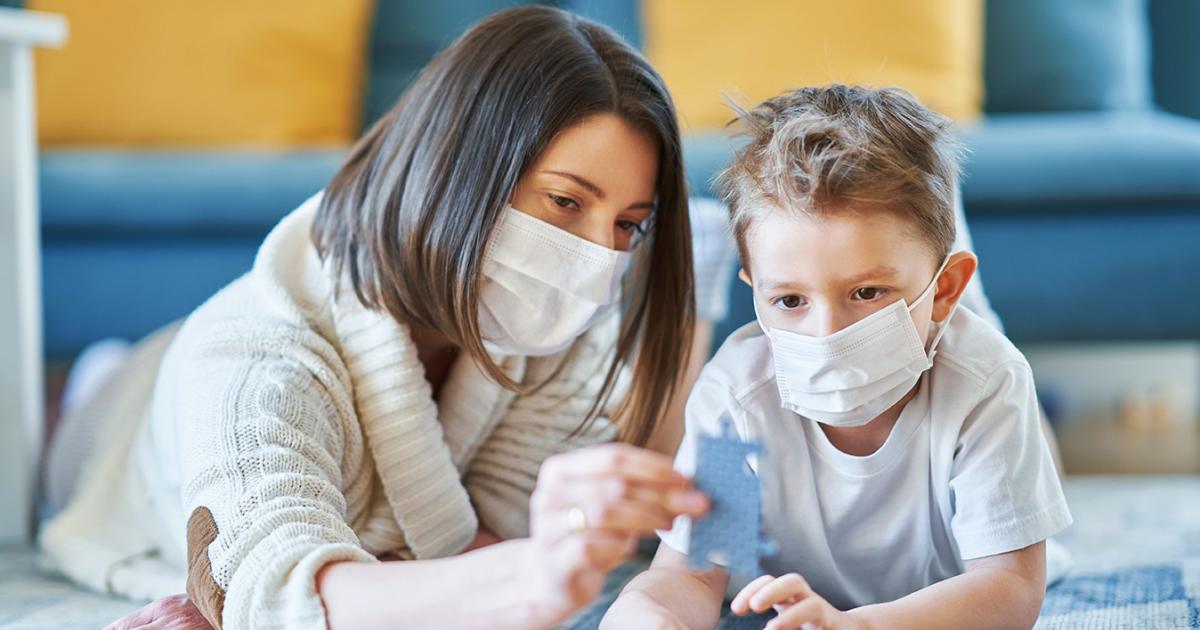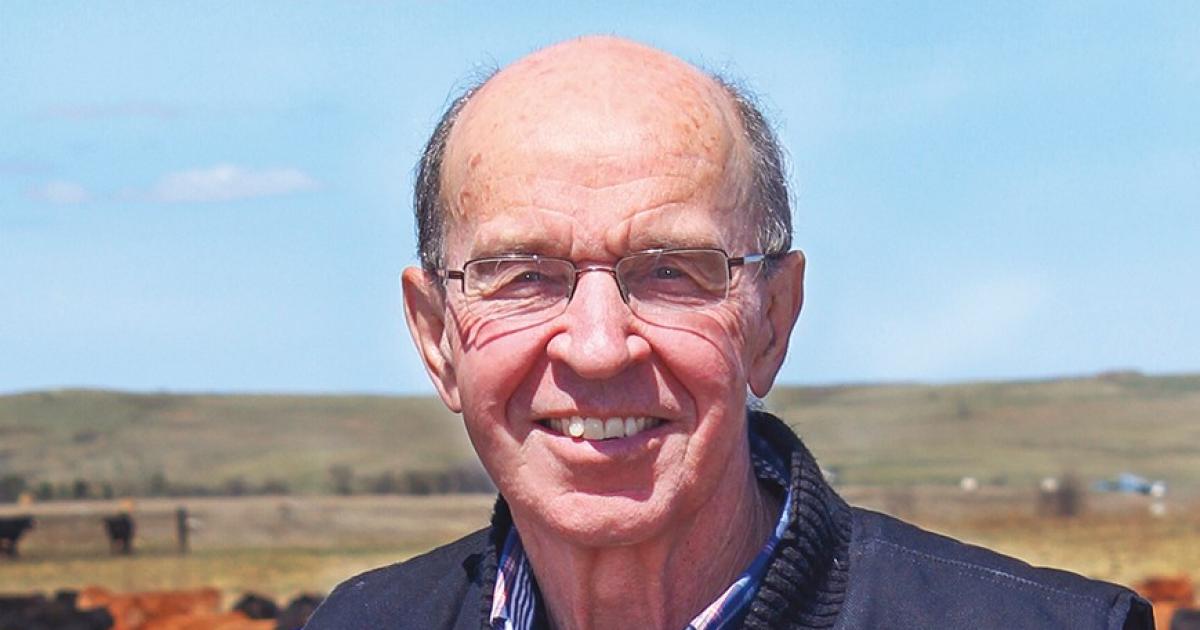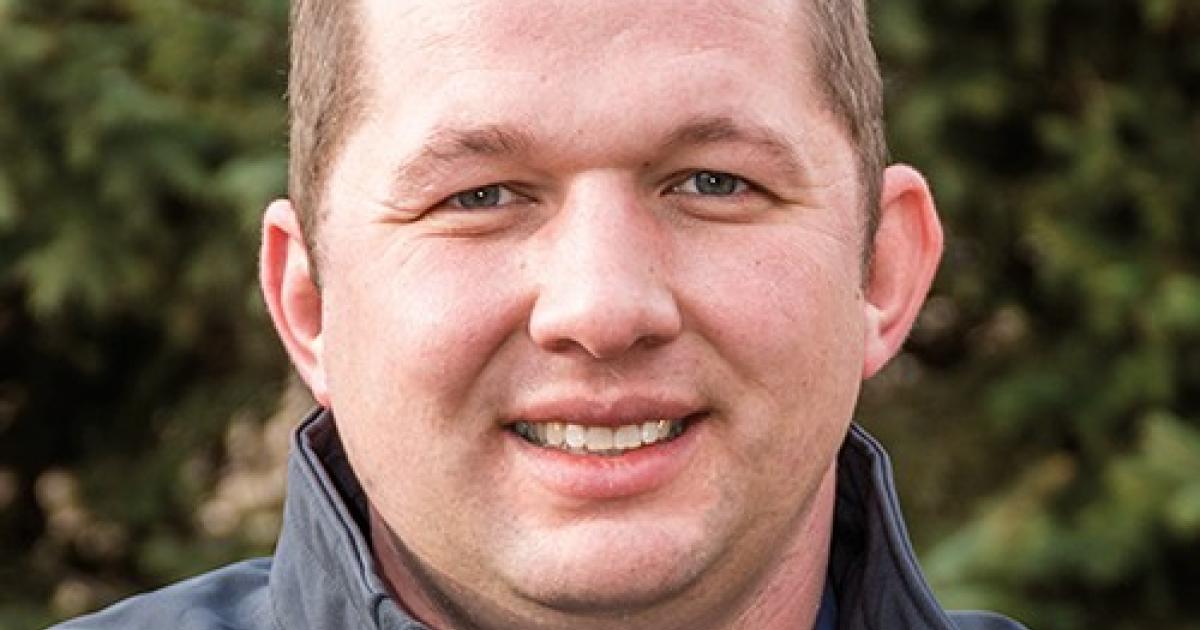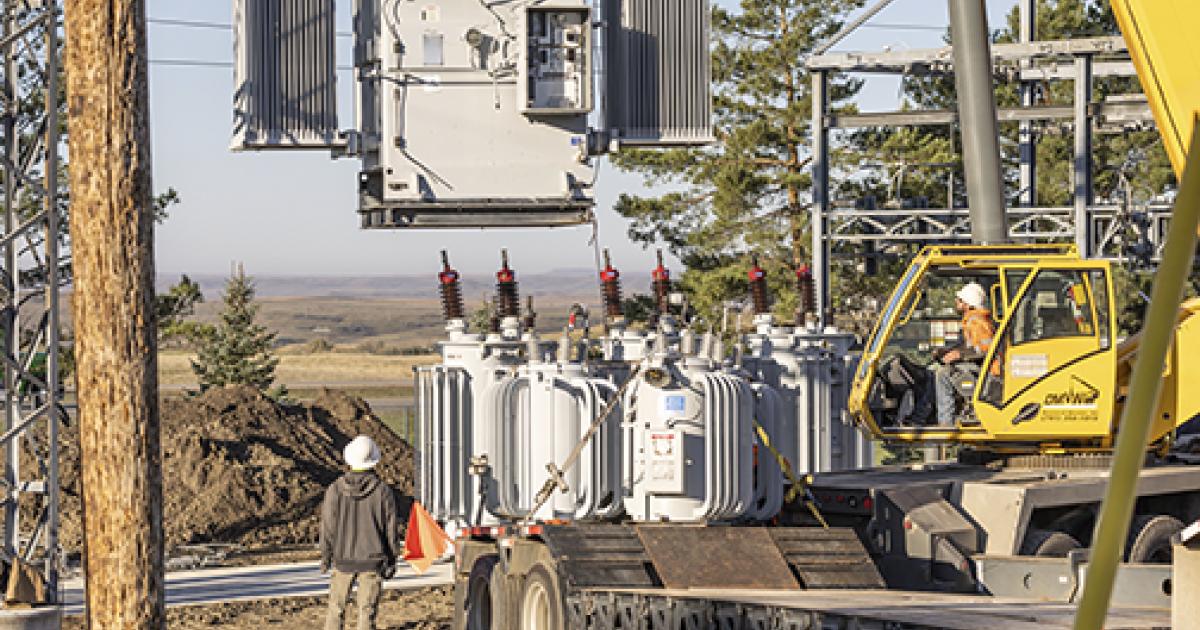Helping kids cope with a pandemic means mustering resources, sharing honest conversations and maybe even rediscovering some of those good old-fashioned board games.
“If this year has taught us anything, it’s grace and patience and that our communities will continue to move forward, even when barriers are thrown at us,” says Allison Swenson, a licensed social worker with the Sheyenne Valley Special Education Unit (SVSEU), which serves five school districts, including Barnes County North, Valley City, Oakes, Maple Valley and Hope-Page, all of which have been able to conduct classes within the brick-and-mortar schools this year.
But she sees students struggling with coping with COVID-19, she says, and all it entails.
“We’ve definitely seen a rollercoaster of emotions. We’ve seen a lot of anxiety, some depression. They’re definitely needing mental health counseling,” she says.
Within the SVSEU, some students share their concerns with in-school counseling teams, while some need additional referral to community therapists. Some schools have even contracted with licensed counselors to come into the school, so families don’t have to take additional time away from work or school.
Last spring, when students were distance learning across the state, not having in-person socialization was most difficult for students, Swenson says.
“Now, things are starting to get back to the new normal and we’re able to do some of the activities,” she says.
To continue to monitor how students are doing, districts within the SVSEU are communicating with older students in a familiar way – via text messages.
The districts routinely text a QR (quick-response) code to students to answer a quick survey as an emotional check-in. Their replies are confidentially forwarded to the counseling departments. In-classroom guidance counseling is offered to all ages regarding coping skills, and websites contain additional resources for families.
Educators are also key in the support team.
“Educators are in it for the students. They care deeply for their students,” Swenson says.
Swenson sees a determination among students to remain in school, following criteria and guidelines to make that happen, she says.
“Our students have really, truly persevered this year and shown such strength and dedication to wanting to be in school,” she says. “It definitely takes discipline to want to do that.”
“They want to be here,” she says. “How many of them need to be here? On the negative side effects, there’s a lot more substance abuse, domestic abuse that children were witness to and not having that outlet of coming to school, we have definitely seen some changes in that way as well.”
As she counsels students and families, Swenson sees a common concern bubbling to the top.
Many students are concerned not for themselves, but share a worry about family members being infected with COVID-19, particularly vulnerable and older family members.
“A lot of them are worried more so about bringing it home to somebody, like grandmas and grandpas, and missing those family members they haven’t seen in a long time,” Swenson says. “That’s definitely been a big fear of quite a few of our students. They may have a close family member who has underlying health conditions that they’re trying to protect.”
Luann Dart is a freelance writer and editor who lives in the Elgin area.
Tips for parents
When parents and caregivers deal with COVID-19 calmly and confidently, they can provide the best support for their children, the Centers for Disease Control and Prevention suggests. Experts offer these tips for helping children cope:
▶ Be open and honest to help your child understand.
“I never thought my 5-year-old would know the word quarantine and social distancing,” says Allison Swenson, a licensed social worker with the Sheyenne Valley Special Education Unit. “There are a lot of things our kids understand. Just help them process through it and not keep them in the dark. Let them know that this is temporary.”
▶ Reassure your children that they are safe. Let them know it is OK if they feel upset. Share with them how you deal with your own stress, so they can learn from you how to cope with stress.
“Everybody deals with it in a different way and that’s OK. And it’s OK to not be OK,” Swenson says. “So often, our kids think we as adults are robotic, that we don’t have those big emotions like they do. It’s just that we handle them a little differently.”
Ask open-ended questions, such as “How was your day?” rather than “Did you have a good day?” that can be answered with a yes or no.
▶ Limit your family’s exposure to news coverage of events, including social media, unless you also have discussion on what is seen or heard within the family. Children may misinterpret what they hear and can be frightened about something they do not understand.
▶ Remain calm. Remember that children will react to both what you say and how you say it. They will pick up cues from the conversations you have with them and with others.
“We have to be hopeful and convey that hopefulness,” advises Dr. Tamba-Kuii Bailey, a faculty member in the counseling psychology and counseling programs at the University of North Dakota (UND), who spoke during a webinar from UND aimed at helping the state’s rural school districts navigate the COVID-19 pandemic.
▶ Try to keep regular routines. If schools are closed, create a schedule for learning activities and relaxing or fun activities.
▶ Be a role model. Take breaks, get plenty of sleep, exercise and eat well. Connect with your friends and family members. Role modeling also includes helping meet guidelines so students can continue to stay in school. Avoid language that blames others or which leads to stigmas.
“If we see a certain family dynamic doesn’t believe in wearing masks, then it’s a trickledown effect and we start seeing that with the kiddos,” Swenson says.
▶ Make yourself available to listen and to talk. Let children know they can come to you when they have questions.
▶ Spend time with your child in meaningful activities, reading together, exercising or playing board games.
“It’s critical that families are engaging in family activities, probably even more so than before,” Bailey says. He also advises parents to use the phrase “physical distancing” rather than “social distancing,” then reinforce social connections with other family members through online venues.
Stress signals
Stress in children often erupts in behavioral changes, experts advise. Not all children and teens respond to stress in the same way. Some common changes to watch for include:
▶ Excessive crying or irritation in younger children.
▶ Returning to behaviors they have outgrown (for example, toileting accidents or bedwetting).
▶ Excessive worry or sadness.
▶ Unhealthy eating or sleeping habits.
▶ Irritability and “acting out” behaviors in teens.
▶ Poor school performance or avoiding school.
▶ Difficulties with attention and concentration.
▶ Avoidance of activities enjoyed in the past.
▶ Unexplained headaches or body pain.
▶ Use of alcohol, tobacco or other drugs.










